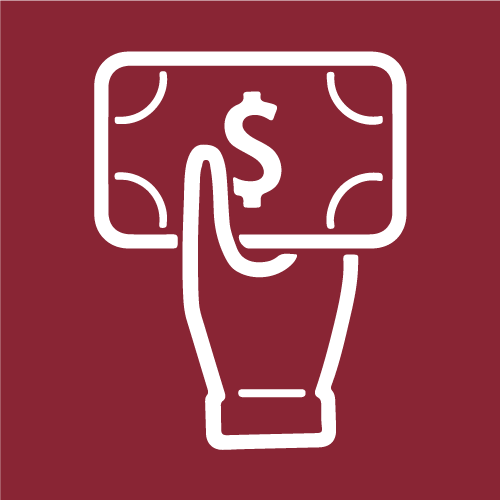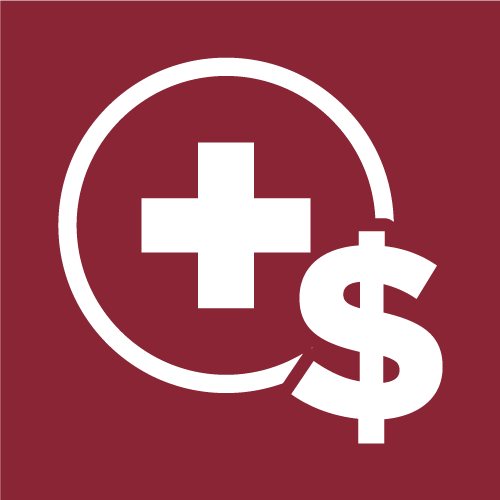Health insurance is complicated; it’s complicated for us, and we’re healthcare professionals. So we understand the anxiety and frustration that comes with understanding your insurance coverage and medical bills. To help our communities, we provide billing advocates that can help you navigate your insurance coverage and work with you on your bill. In addition, we wanted to cover the top 5 questions you should ask your insurance company about your current policy OR a potential policy, if you are shopping.
First and foremost, make sure that you understand insurance definitions – HMO, PPO, HSA, premiums, deductibles, copays, out-of-pocket… there’s a long list of insurance jargon that you have to know in order to make sure that you are making the best coverage choices possible. Brush up on your terminology.

What is the deductible? Are there services that don’t require the deductible to be met, first?
A deductible is the amount the insurance company requires you to pay out-of-pocket before they will pay their share of covered costs. So, if your deductible is $2,000 and you’ve spent $250 on healthcare so far this year, if you have to make a trip to the ER, you will have to pay the remaining $1,750 in deductible before your insurance coverage is applied.
Deductibles vary greatly from plan to plan, and – generally speaking – plans with higher monthly premiums tend to have lower deductibles, and vice versa. However, most plans have at least some services – like preventative care – that don’t require your deductible to be met before they are covered. You should know what these services are and how high your deductible is before you sign up for your plan.

Is the plan a co-pay or co-insurance plan?
This should be evident in the description of the plan, but it’s important to understand. A copayment plan will have fixed out-of-pocket costs that you pay at the time of service. For example, you may have a $35 copay for a doctor’s visit or a $500 copay for an emergency room visit. Co-insurance means that you are responsible for a certain percentage of the negotiated service fees, at the time of service. For example, if your co-insurance is 80/20 and you went to your doctor suspecting you had the flu, you would have fees for the visit and the flu test, and pay 20% of the negotiated rate for both services.

What are the coverage specifics for commonly used services?
What are the services that you and the members of your family use most? You know your specific health situations. Do you use mental health services? Chiropractors? Is someone accident-prone and frequently in the ER? Not all insurance plans cover all services, or to the same degrees. You will want to ask about whether the services you need are covered and what portion of the cost you will be responsible for. However, the Affordable Care Act requires that all insurance options cover the following services:
- Ambulatory patient services (outpatient care that you can receive without being admitted to a hospital)
- Emergency services
- Hospitalization for surgery, overnight stays, and other conditions
- Pregnancy, maternity, and newborn care
- Mental health and substance use disorder services
- Prescription drugs
- Rehabilitative and habilitative services and devices (treatment and devices that help people gain or recover mental and physical skills after an injury, disability, or onset of a chronic condition)
- Laboratory services
- Preventive and wellness services, as well as chronic disease management
- Pediatric services, including dental and vision coverage for children

What is the out-of-pocket maximum?
An out-of-pocket maximum is the most money you have to pay in any one policy period (usually a year, starting when you signed up for your policy). This number can be different for an individual and a family. So, for instance, if your individual out-of-pocket maximum is $10,000, and you reached that amount in one year, then for the rest of the year your health insurance company pays 100% of your covered essential health costs. If you have family members on your policy, and you collectively reach the family out-of-pocket maximum, your health insurance company pays 100% of your covered essential health costs for the covered family members for the remainder of the year.

What are the preventative services covered?
All health insurance plans sold through a government-run marketplace have a specific set of preventative services. However, private insurance plans will vary, and coverage may vary by age and gender. Make sure that your plan covers the preventative care that you need.
Health insurance is confusing, so it is OK to ask a lot of questions to make sure that you understand the plan that you are selecting. Best of luck in your search!


Back to Blog